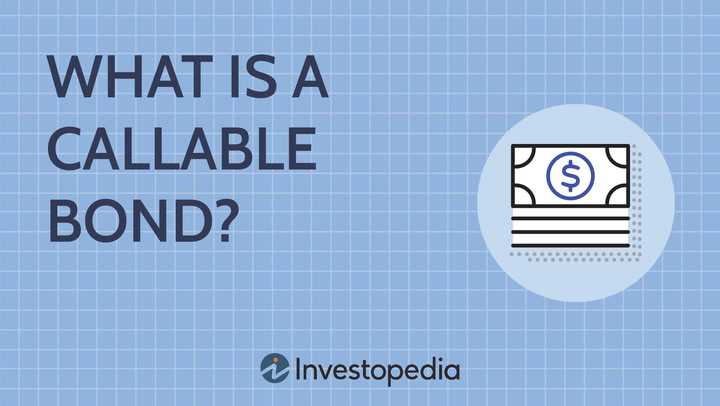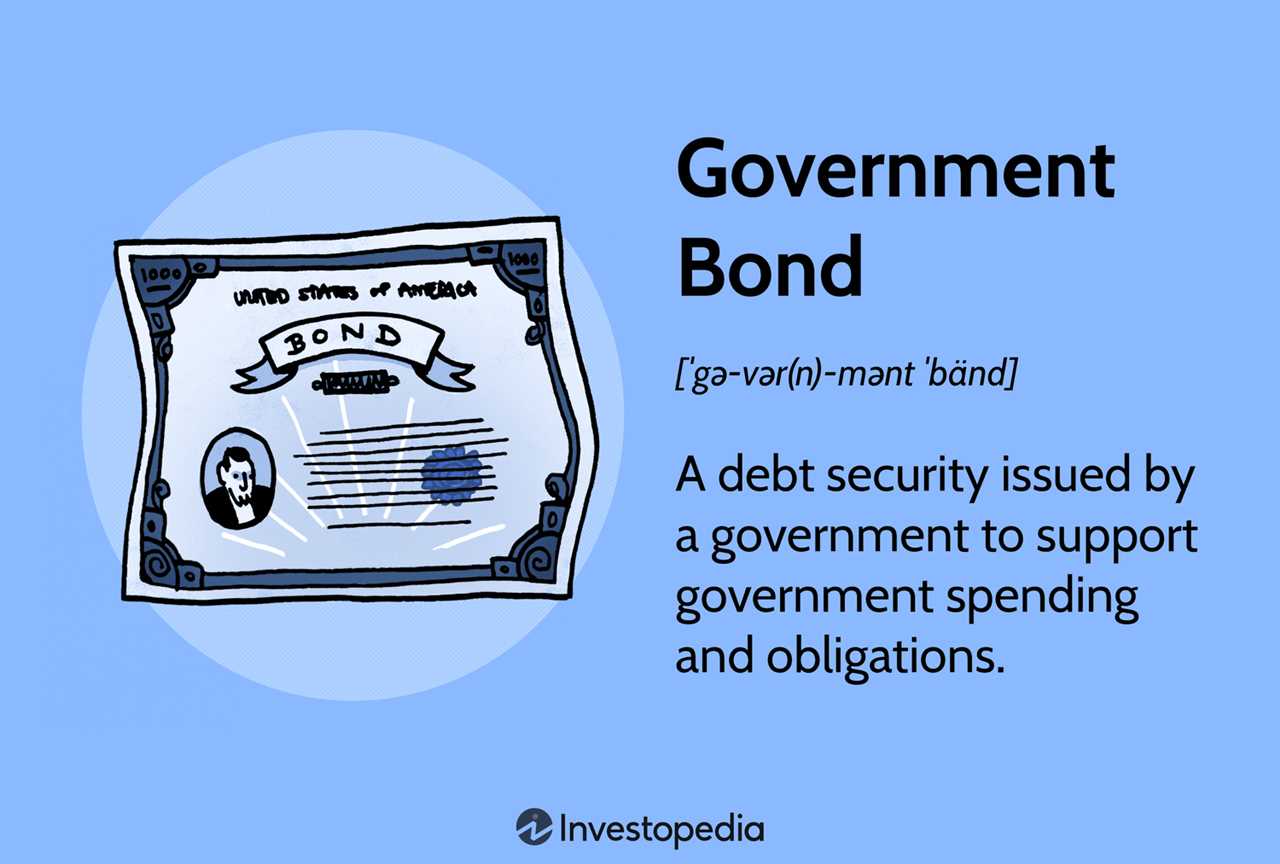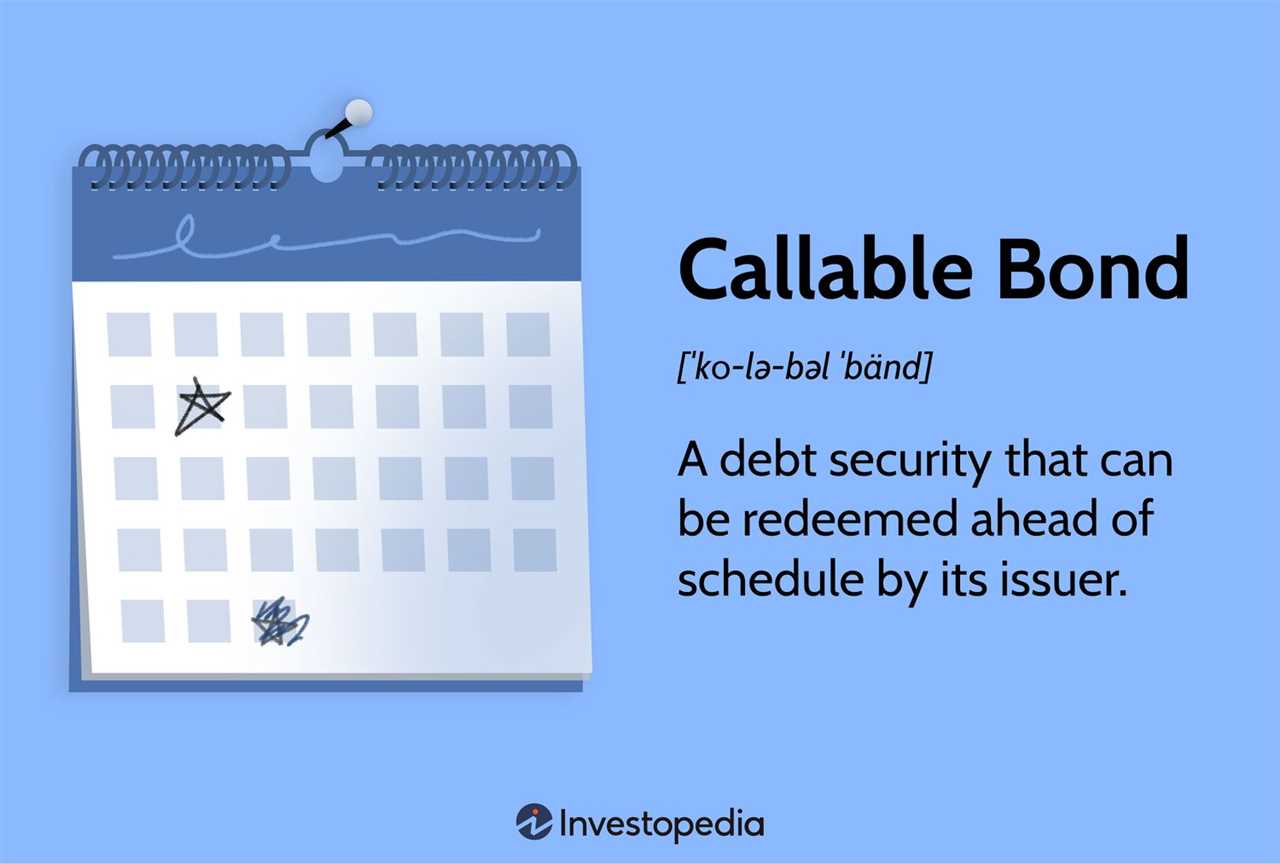What are Callable Bonds?
Callable bonds typically have a call provision, which specifies the conditions under which the issuer can exercise the option to call back the bond. These conditions may include a specified call date, a call price, and a call premium.
When a bond is called, the bondholders receive the face value of the bond, along with any accrued interest up to the call date. After the call date, the bondholders will no longer receive any further interest payments.
Investors considering investing in callable bonds should carefully review the terms and conditions of the bond, including the call provisions, to fully understand the potential risks and rewards associated with these types of bonds.
What are Redeemable Bonds?
Features of Redeemable Bonds:
- Call Price: The issuer must pay a predetermined call price to redeem the bonds.
- Call Date: The issuer can exercise the call option on a specific call date.
- Call Protection: Some redeemable bonds may have call protection, which prevents the issuer from calling the bonds for a certain period of time.
Investors should carefully consider the terms and conditions of redeemable bonds before investing, including the call provisions, call protection, and potential impact on their investment strategy.
Example of Callable and Redeemable Bonds
Let’s consider an example to understand how callable and redeemable bonds work.
Callable Bonds Example:

Suppose after 5 years, interest rates in the market decrease significantly. The company decides to call back the bonds and issue new bonds at a lower interest rate. The bondholders will receive the face value of $1,000 plus any accrued interest up to the call date.
On the other hand, if interest rates increase after 5 years, the company may choose not to call back the bonds and continue paying the coupon rate of 5% until the maturity date.
Redeemable Bonds Example:
Let’s consider a redeemable bond issued by Government ABC. The bond has a face value of $10,000 and a maturity period of 20 years. The bondholder will receive the face value at the end of the 20-year period.
If the government does not redeem the bond before the maturity date, the bondholder will receive the face value of $10,000 at the end of the 20-year period.
These examples illustrate how callable and redeemable bonds provide flexibility for issuers to manage their debt obligations and for bondholders to potentially benefit from changes in interest rates or improved financial conditions.
Pros of Callable and Redeemable Bonds
Callable and redeemable bonds offer several advantages to both issuers and investors. Here are some of the key benefits:
1. Flexibility for Issuers
Callable and redeemable bonds provide flexibility for issuers by allowing them to adjust their debt structure according to changing market conditions or corporate needs. If interest rates decline, issuers can call back the bonds and issue new ones at a lower interest rate, thereby reducing their borrowing costs. This flexibility helps companies manage their debt more efficiently and optimize their financial position.
2. Potential for Higher Returns
Investors who hold callable or redeemable bonds have the potential to earn higher returns compared to non-callable or non-redeemable bonds. This is because callable and redeemable bonds typically offer higher interest rates or yields to compensate investors for the risk of early redemption. If the bonds are not called or redeemed, investors continue to receive the higher interest payments until the maturity date, resulting in higher overall returns.
3. Liquidity
4. Risk Mitigation
Callable and redeemable bonds can help mitigate certain risks for investors. For example, in a rising interest rate environment, callable bonds give issuers the option to call back the bonds and issue new ones at higher interest rates. This protects investors from being locked into low-yielding bonds and allows them to reinvest their funds in higher-yielding securities. Similarly, redeemable bonds provide investors with the assurance that they will receive the principal amount back at the redemption date, reducing the risk of default.
Cons of Callable and Redeemable Bonds

While callable and redeemable bonds offer certain advantages, there are also some drawbacks to consider:
1. Limited Potential for Capital Appreciation
Callable and redeemable bonds typically have a fixed interest rate, which means that the potential for capital appreciation is limited. If interest rates decrease, the issuer may choose to call the bond and refinance it at a lower rate, resulting in a lower return for the bondholder.
2. Early Redemption Risk
Callable and redeemable bonds can be redeemed by the issuer before the maturity date, which introduces the risk of early redemption. This can be disadvantageous for bondholders who were counting on a steady stream of income until the maturity date.
3. Reinvestment Risk
If a callable or redeemable bond is called or redeemed before the maturity date, the bondholder may face reinvestment risk. This means that they will need to find another investment opportunity with a similar level of risk and return, which may not be available at the time of redemption.
4. Uncertainty of Future Interest Rates

Callable and redeemable bonds are affected by changes in interest rates. If interest rates rise, the issuer may choose not to call the bond, resulting in a lower return for the bondholder. On the other hand, if interest rates decrease, the issuer may choose to call the bond and refinance it at a lower rate, as mentioned earlier.
5. Higher Credit Risk
Callable and redeemable bonds may have a higher credit risk compared to non-callable and non-redeemable bonds. This is because issuers often include call or redemption provisions in bonds with lower credit ratings to provide them with more flexibility in managing their debt.
It is important for investors to carefully consider these cons before investing in callable and redeemable bonds. The potential benefits should be weighed against the potential risks to make an informed investment decision.

Emily Bibb simplifies finance through bestselling books and articles, bridging complex concepts for everyday understanding. Engaging audiences via social media, she shares insights for financial success. Active in seminars and philanthropy, Bibb aims to create a more financially informed society, driven by her passion for empowering others.
